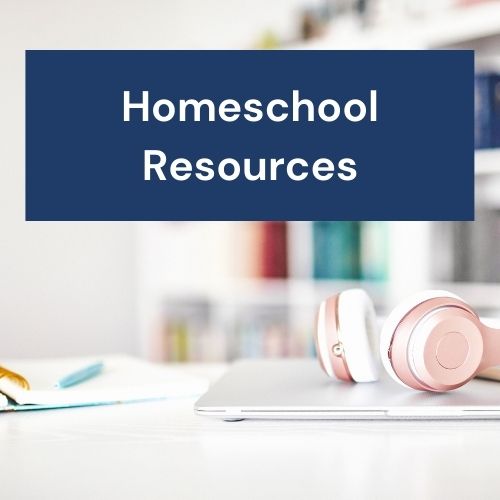Communicating Effectively with Your Child
Do you know how to speak your child’s love language? Just in time for Valentine’s Day, I’ve compiled a list of ways you can show your kids you love them, according to their primary love language. Have you ever thought about whether your child feels more deeply loved by spending time with you than receiving a gift from you? Or if receiving a big hug speaks to them more than hearing what a great job they did on a project? It all depends on their love languages.
What Are Love Languages?
Dr. Gary Chapman has researched and written extensively about the five different ways we give and receive love, and this applies to kids as well as adults. If you’ve never heard of the 5 love languages, head over to 5lovelanguages.com and read Dr. Chapman’s breakdown of the five different ways we give and receive love.
His books go into very helpful details about how we all give and receive love differently, and ways we can express love to others effectively.
The 5 Love Languages for Children
The 5 Love Languages of Teenagers
You can take a free quiz to discover your love languages, and find quizzes to help determine your kids’ love languages.
The five love languages described by Dr. Chapman are as follows:
- physical touch
- gifts
- words of affirmation
- acts of service
- quality time
How do I know my child’s primary love language?
Obviously, all of these things are loving and our kids do need to receive expressions of love in each of these areas.
However, each of us typically finds that one or two of these “languages” resonates more deeply than the others. For instance, I know that words of affirmation is my primary love language. No matter how many times my husband helps with the dishes or takes out the garbage, I don’t naturally “feel” him expressing love for me through those acts of service. But a genuine compliment about the creative way I decorated our Christmas tree makes me feel very appreciated and loved.
I highly recommend taking the quiz at 5lovelanguages.com to get a feeling for which love languages your child responds to most strongly.
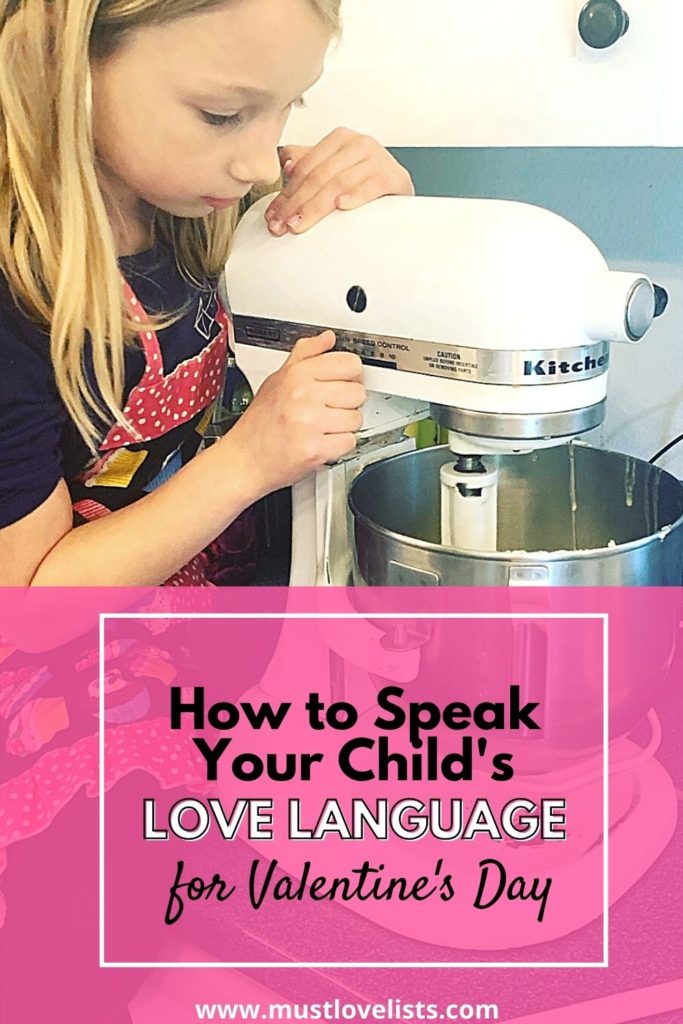
Overview of the 5 Love Languages for Children
Physical touch:
This is your snugglebug. A child whose primary love language is physical touch will want to hold your hand, loves to give hugs, and will snuggle up next to you on the couch to watch a movie.
Gifts:
This child may enjoy giving thoughtful gifts to others. They often remember gifts they’ve received on previous occasions, and place great importance on gifts that show someone specifically thought of them.
Words of Affirmation:
Positive feedback or genuine praise make this child beam with pride. They thrive on encouraging, complimentary words.
Acts of Service:
This child will often want to do things for others, and conversely, wants you to do things for them even if they are capable of doing it for themselves. They appreciate the sacrifice of time and energy put into doing something on their behalf.
Quality Time:
This child frequently asks you to play with them or watch them. They cherish times you spend with them individually.
Once you know which love languages fill up your child’s love tank the most, you can make sure that you are speaking their language. If your child isn’t receiving love in their “language” often enough, they may be more irritable or act out, even when you are trying to show how much you love and value them.
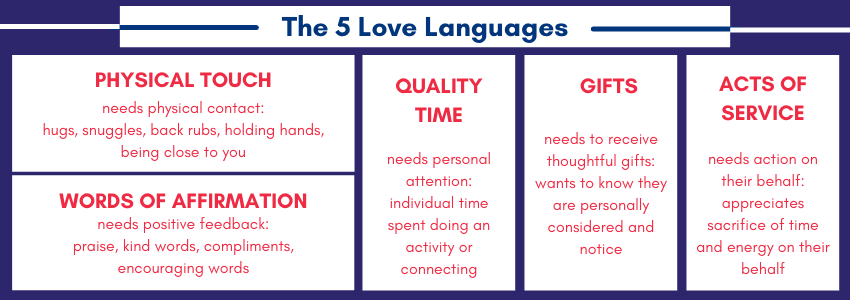
Practical Ways to Speak Your Child’s Love Language
Here are some ways to tell your kids “I love you” in their primary love language. If you aren’t certain what that is, make sure you visit the love language quiz for kids.
These are practical, actionable ways to speak each of the 5 love languages to your kids this Valentine’s Day.
Physical touch:
- snuggle up to watch a movie together (check out my big list of family movie night suggestions)
- go for a walk together and hold their hand
- give an extra long hug (at least 10 seconds) several times throughout the day
- offer high fives or your own secret handshake for every small accomplishment (getting dressed, brushing teeth, making bed, etc.)
- give a shoulder rub, neck rub, or back rub
Gifts:
- special “I love you” photo album with pictures of you together
- plan a scavenger hunt to find a small gift
- give a trinket box for them to keep special momentos or cards in
- pay attention when they mention how much they like something, and surprise them with it later
- give a gift that will make them feel grown-up and special (flowers, a fancy chocolate truffle, a signed copy of their favorite book)
Words of Affirmation:
- start a journal to write notes to your child throughout the year; keep it somewhere they can access to be encouraged at any time
- set up a “kind words” jar or box for everyone in the family to drop in positive, supportive notes to one another
- tell your child about positive things other people have said about them
- reminisce about times you remember your child doing the right thing, being generous or kind, or persevering in the face of difficulty; let them know you noticed
- make a list of ways your child is unique and valuable and share it with them

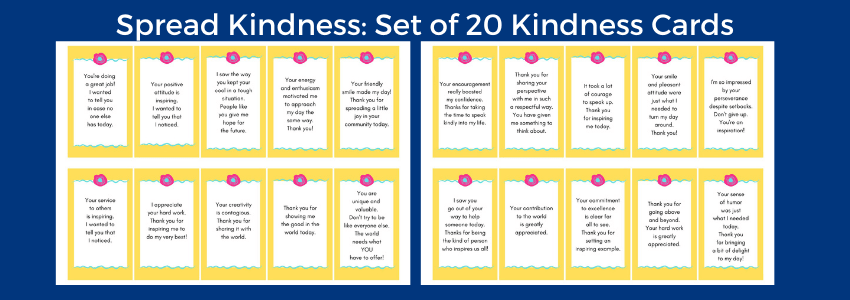
Acts of Service:
- spend extra time to make their favorite meal
- help your child clean up their room
- work on a project that your child has been asking for help with
- ask your child for suggestions about what you can do to make the day special for them
- assist your child with their regular chores (dust, sweep, or unload the dishwasher together)
Quality Time:
- do a craft together
- play a game together
- go out to eat something together
- ask your child for three suggestions of activities they would like to do with you…then do one
- try something new together (visit a new park, try a new hobby, take a cooking class, etc.)
For more quality time ideas, read “31 Ways to Make Your Daughter’s Day.”
Read: 20 Galentine’s Day Celebration Ideas for Teens
Don’t Forget to Add…
No matter which of these love languages your child desires most, make sure to add an “I love you” to your physical touch, gifts, words of affirmation, acts of service, or quality time. Everyone needs to hear a heartfelt, “I love you.”

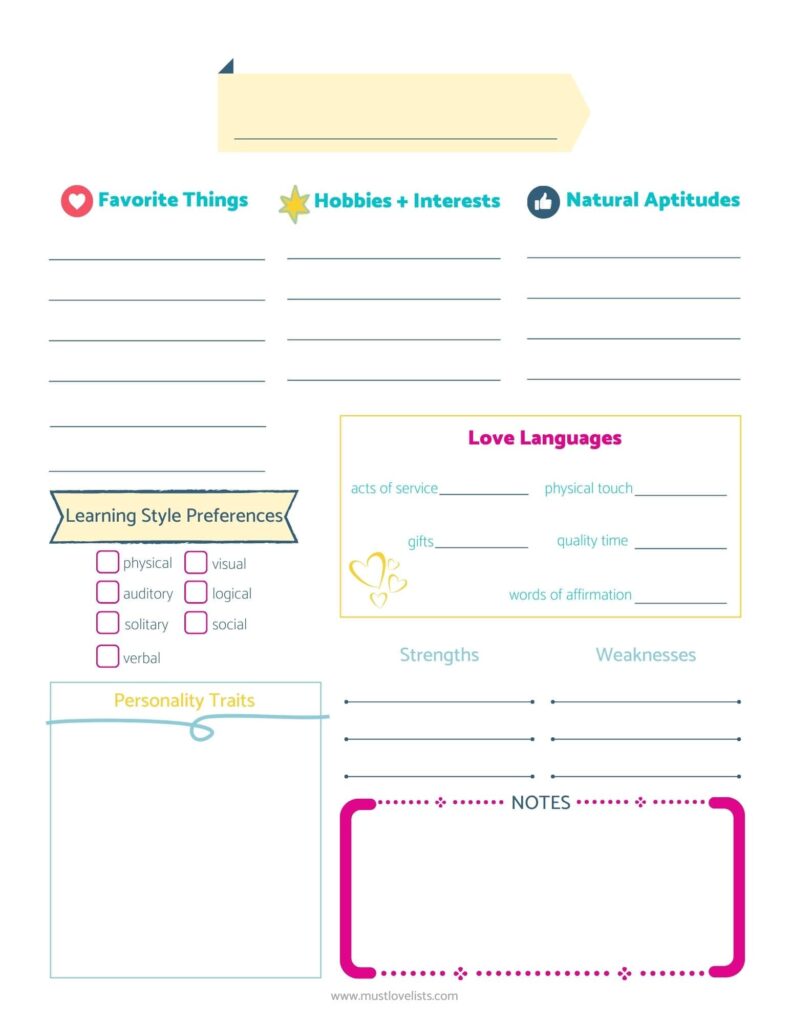
I’ve got a fun, easy way for you to get to know your kids better. My set of 365 Questions for Kids has daily questions that ask for a quick list of three answers to questions that range from favorite foods to big dreams, from their creative ideas to their treasured memories. Use these as conversation starters, journal prompts, or writing practice.


Visit my homeschool resources page for monthly unit study ideas, projects, and homeschool planning help!



